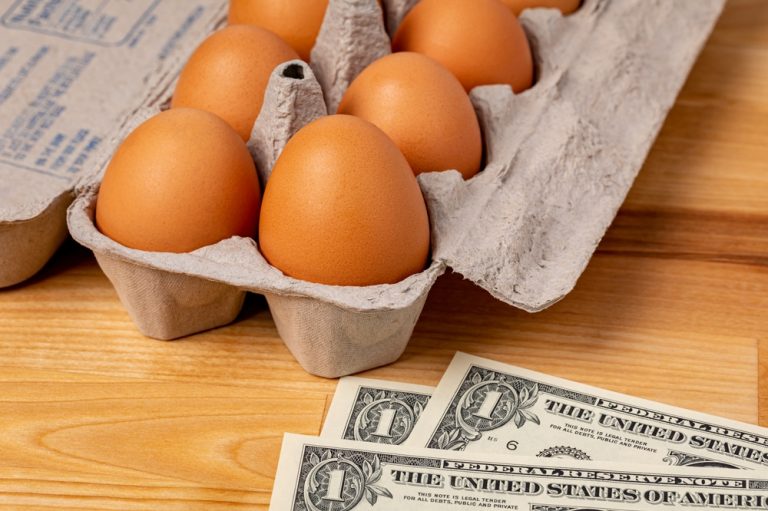Retail Egg Prices See First Decline Since October 2024
U.S. retail egg prices fell in April after reaching record highs earlier this year, according to new data released by the U.S. Bureau of Labor Statistics. The average price for a dozen Grade A eggs declined to $5.12 in April, down from $6.23 in March. This marked the first month-to-month drop in egg prices since October 2024. Despite the recent drop, prices remain near historical highs due to ongoing challenges in egg production.
Steep Monthly Decline But Prices Still High
Overall, the average price of eggs dropped 12.7%, the steepest monthly decline since March 1984. However, prices are still up significantly compared to last year. The average price for a dozen large eggs in April was 79% higher than the same month in 2024, when the price was $2.86 per dozen. The surge in prices has been driven by a persistent outbreak of bird flu that continues to impact egg-laying hens.
Factors Behind Price Decline and Outlook for the Future
Experts like David L. Ortega, a food economics professor at Michigan State University, predict that egg prices may continue to fall in May and June. Consumer demand tends to drop after Easter, which helps lower prices. Furthermore, fewer bird flu outbreaks in recent weeks have helped stabilize the U.S. egg supply. According to the U.S. Department of Agriculture, bird flu outbreaks at commercial poultry farms have significantly decreased, with just three outbreaks reported in April compared to 59 in February.
Ongoing Challenges: Bird Flu and Supply Chain Disruptions
While there have been improvements, the effects of bird flu are still being felt. Since 2022, over 169 million birds have been killed by the virus, with entire flocks destroyed to prevent further spread. After an outbreak, it can take up to a year for farms to replenish their egg-laying birds. Even a single outbreak at a commercial facility can disrupt the supply, as massive egg farms can house millions of birds. In April, outbreaks in Ohio and South Dakota affected over 927,000 egg-laying hens.
Government Efforts to Address the Egg Crisis
Lowering egg prices has been a focus of President Donald Trump’s administration. In February, the U.S. Department of Agriculture announced a $1 billion investment to help farmers improve biosecurity measures to combat bird flu. Additionally, the U.S. has increased egg imports from countries like South Korea, Turkey, and Brazil. The volume of egg imports has surged by 77.5% in the first three months of this year compared to last year.
Cal-Maine Foods Under Investigation Amid Record Profits
The antitrust division of the U.S. Department of Justice is investigating Cal-Maine Foods, the largest U.S. egg producer, which supplies around 20% of the nation’s eggs. Cal-Maine confirmed the investigation in early April. Despite the investigation, the company reported a significant increase in net income, more than tripling to $508.5 million in its most recent quarter ending March 1.


